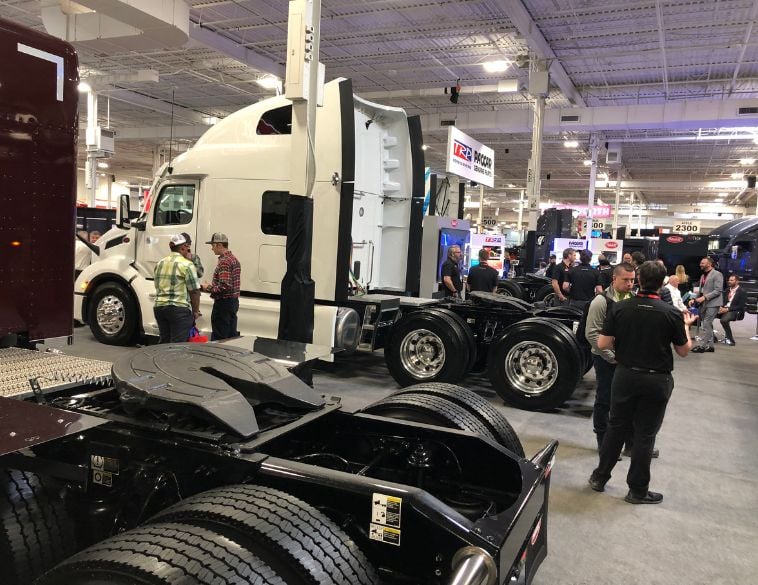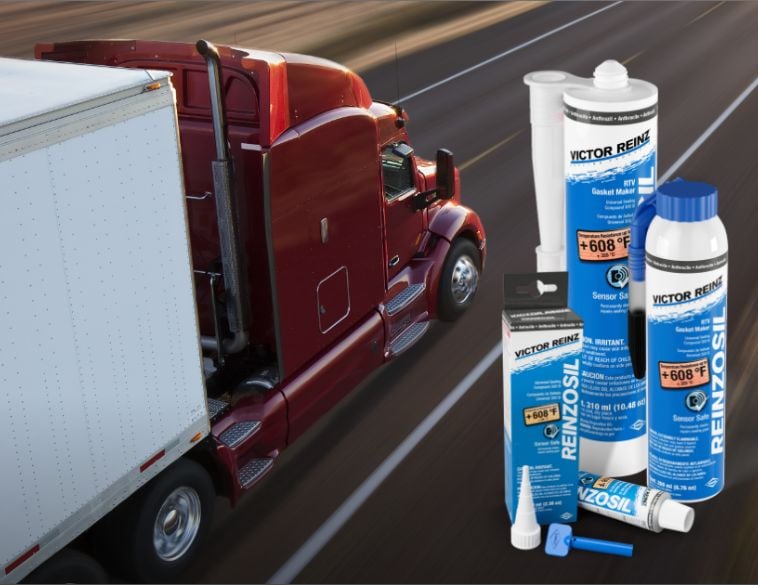While there can be no doubt that we’re living in challenging times, fleets can look forward to taking advantage of the technologies and opportunities available now, or in the near future.
One of the must-see sessions at this year’s virtual I&E was the “State of the Fleet Industry” panel moderated by Mike Antich, Editor and Associate Publisher of Automotive Fleet Magazine with his panelists Katie Keeton, President, Automotive Fleet & Leasing Association; Patti Early, President, NAFA; and Steve Carey, President, The Association for the Work Truck Industry.
Dealing with COVID
One of the key areas explored by the panel was COVID and how fleets are adapting. The panel agreed that today’s fleet managers have to consider numerous safety protocols to keep their employees socially distanced in their vehicles and in their workspaces.
The need to keep employees safe extends to the maintenance facilities as well. The panel suggested splitting shifts so that technicians aren’t all in the maintenance facility at the same time.
“Of course, face masks, and hand sanitizers are a must,” added Patti Early. “And some fleets are using electronic work requests rather than having the driver stop into the garage. They’re not letting customers or vendors inside the shop either, and when they go into a vehicle to work on it, they disinfect their way in, and they disinfect on their way out.”
Early said that some facilities are taking temperatures at the door, while others are asking their employees to do that before they report for work. “And when they have parts orders,” she added, “their parts bins are outside. So the vendors come and leave the parts in the bin outside and then they can be disinfected if needed.”
Driver safety
Another key area of concern is driver safety. The good news, the panel agreed, is that a growing number of vehicles are coming to market with advanced safety systems. Items like collision avoidance, lane departure warning, adaptive cruise control, automatic braking and blind spot monitoring are available on more models today than ever. “And there’s even a system out there now that can detect if the driver is drowsy, which I think is a really fantastic feature,” Early added.
“One thing you need to take into consideration,” she warned, “is that you’re not causing your drivers to be distracted with all these new technologies. You know, you don’t want to load so much technology in there for them to use and pay attention to that you are causing distractions.”
The panel agreed that these advanced driver assistance systems are more affordable than ever. “The nice thing is more and more manufacturers are including those features in their base and mid-level trim packages,” Early added. “So it’s really becoming more widely available to fleets without adding a lot of costs.”
Katie Keeton agreed, adding that we’re seeing these technologies becoming available in larger vehicles too. “We’ve had them in passenger vehicles for quite a while,” she explained, “and we’re finally seeing them become available in trucks and vans. We’re going to reduce accidents, which is a good thing.”
Telematics
While the idea of telematics may be old news by now to most fleet managers, the panel noted that we’re moving into an era where fleets want to do more with these technologies.
“Most fleets are using some sort of telematics at this point,” Keeton explained. “I think they’re taking it a step further, where now we have integrated telematics or integrated video, where you’re watching the driver and what’s going on outside.”
The challenge, especially with modern telematics systems that collect an abundance of data, is to figure out how to translate it all and make sense of it. “You’re getting so much information from telematics that it gets difficult to wade through it all,” Early said. “So you have to figure out how to handle all that data, figure out what’s important, and how to report it.”
Electric vehicles & sustainability
With most of the planet focused on COVID, fleet managers might well wonder whether sustainability is still an issue that needs to be addressed. “I think sustainability initiatives are still very important to the majority of fleet organizations,” Early explained. “Electrification is huge right now. I think there are around 30 light-duty vehicles on the market that are fully electric, and more are coming out in 2021. It is difficult to find good options for class 6,7,8 work trucks or even pick-ups, but I think that’s changing now.”
When fuel prices are low, it may seem like the extra cost of alternative-fuel vehicles doesn’t make sense, Early added. “But if you look at the total cost of ownership, alternative fuel vehicles can come out to be cost competitive.”
While alternative-fuel vehicles may make sense for some fleets, education seems to be one of the issues fleet managers need to address in order to get their EV plans off the ground. “We know how fuel cards work,” Keeton said, “but we don’t know how home chargers work. So when we think about our drivers, the perceptions they have, and their range anxiety, there’s a lot of work to be done there. But I’m really excited to see OEMs bringing these vehicles to market. It’s just a matter of time before we’re all, you know, driving EVs.”
Steve Carey saw the electrification issue from a slightly different angle, explaining how work trucks can benefit from the technology when on a job site. “We see a lot of really interesting technology applications in the area of subsystem electrification,” he noted. “So we’re taking these complex, vocational worksite trucks, and looking at how they can still be mission-capable sitting on the worksite without the primary engine running.”
With a bucket truck, for example, if you can have the boom in the air and have the air conditioner or the heater in the cab on, and the power available for auxiliary tools without the engine running, you’re ahead of the game. “It’s a great thing,” Early added. “Number one, you’re saving the wear and tear on the engine of that vehicle. Plus you’re making the people in the neighbourhood much happier because of course, it’s very quiet. So overall, it’s a great technology.”



